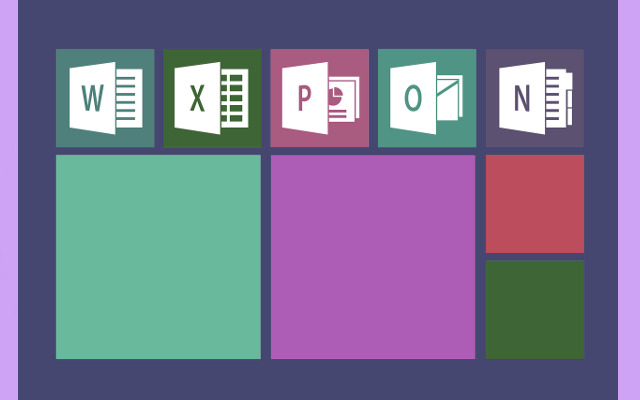Many people who want to be able to run more than one operating system on the same computer employ dual-booting. In the past, this meant repartitioning your actual hard disk, which can be hard, take a long time, and put your data at danger. Windows 7 Enterprise and Ultimate editions, as well as Windows 8, 10, and 11, all have a feature called Native VHD Boot (Virtual Hard Disk) that makes it much easier and safer to set up a dual-boot system. It lets the Windows bootloader see a VHD file, which is only one file on your actual hard disk, as a separate bootable drive. This guide looks at how easy and helpful this new method is.

The Benefits and Ease of VHD Boot
The Easy Setup Process
Using the Disk Management tool together with the Windows to make a VHD file is the first step. Picking between a dynamically increasing VHD is possible which when you add data it only becomes bigger, and a fixed-size VHD, that is better for performance. Like any other file on your Windows partition this one is placed there.
Setting up the operating system now that the VHD is created and mounted as a virtual drive, you may install the second operating system. You only need to pick the installed VHD as the installation target during the installation. You don’t have to do any hard procedures to set up partitions. You need only that one VHD file to install everything.
Main Benefits Over Dual-Booting the Old Way
Safety and Isolation: In a single file that’s where the second operating system is stored, thus it is separate from the partition structure of the main operating system. This works by getting rid of the worry of having the format to be accidentally incorrect drive or mess up the partition table, something that happens a lot with typical dual-boot installations.
Easy to Remove: It’s easy to get rid of the dual-boot environment. But you don’t have to merge or delete partitions rather, just delete the VHD file then the BCDEdit command-line program is the one you will use to remove its entry from the Windows Boot Manager.
Ultimate Consideration
Native Boot VHD is a simple and safe way to dual-boot Windows. Putting a full operating system into a single, manageable file is making the often-difficult task of repartitioning much easier. This capability is very useful for many IT professionals, and developers, who needs testing the software or multiple Windows setups without making a risk on their main system’s stability or security. VHD Boot makes even the most complicated dual-boot setups easy and very safe.
Join millions — experience Windows today.






